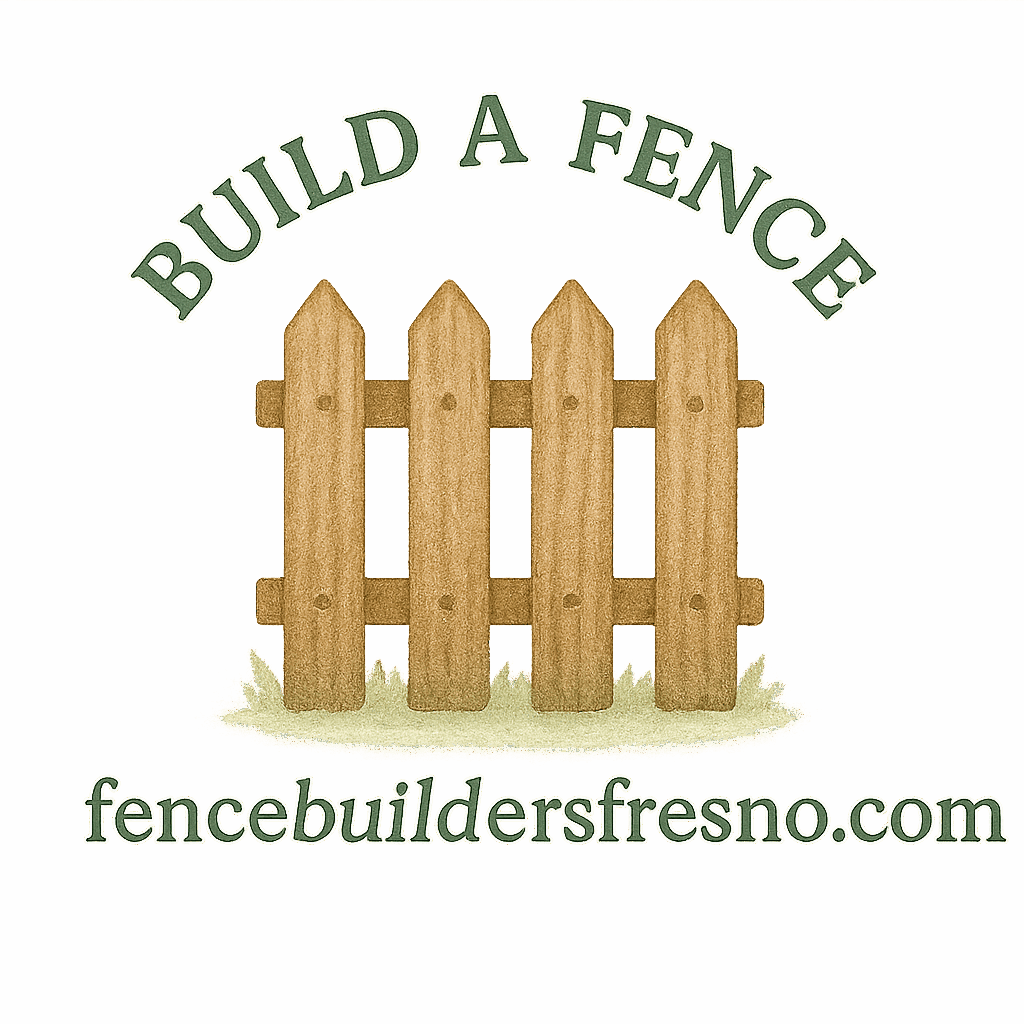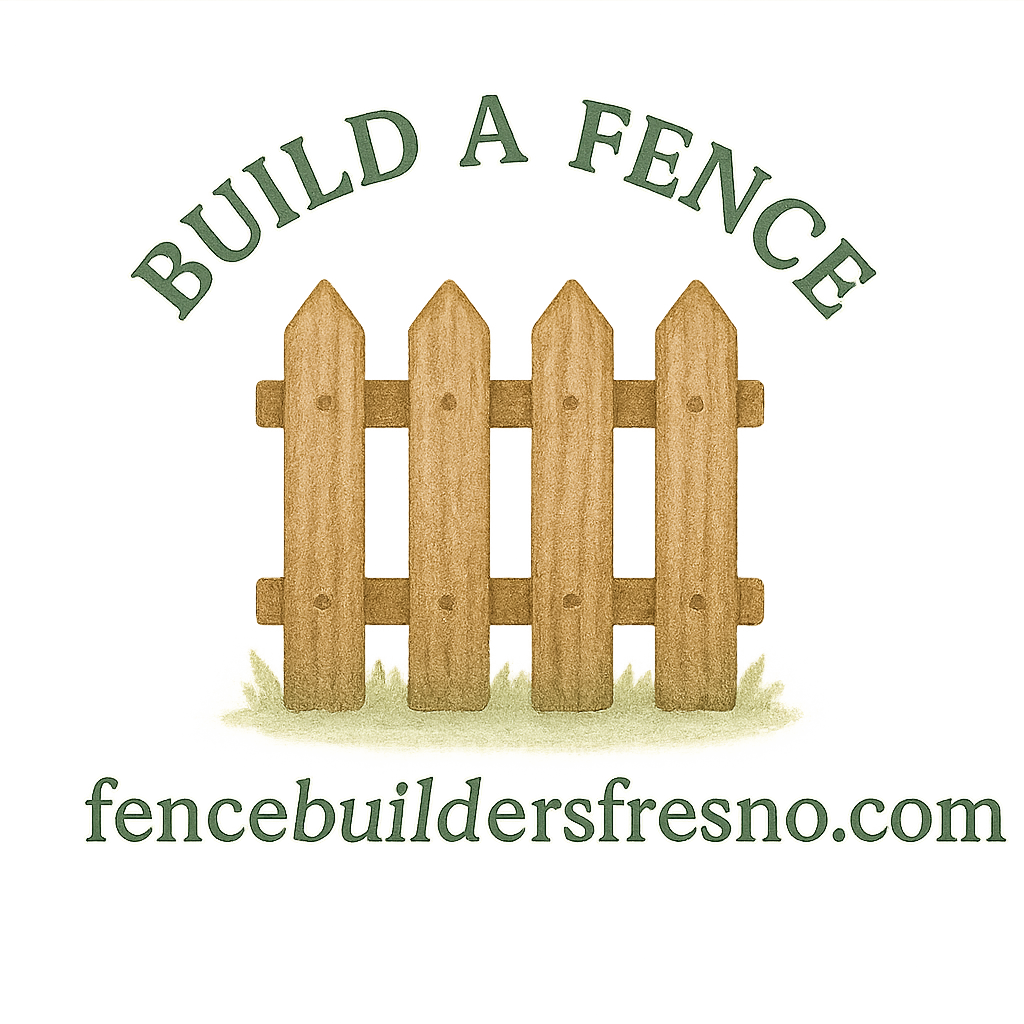Introduction
DIY fencing often looks simple on YouTube tutorials or Pinterest boards. Grab some posts, line them up, add panels, and boom—you’ve got a fence, right? Well, not exactly. Many homeowners discover that fencing projects come with more hurdles than expected. From property line confusion to choosing the wrong materials, the journey isn’t always smooth.
In this guide, we’ll explore the 6 most common problems in DIY fencing planning and installation—and more importantly, how to avoid them. If you’re considering a project, these insights can help you save money, time, and a whole lot of frustration.
Why DIY Fencing Appeals to Homeowners
Before we jump into the mistakes, let’s look at why so many people attempt a DIY fence in the first place.
Cost Savings
Labor makes up a big chunk of fencing expenses. Many homeowners figure that by handling installation themselves, they can slash overall costs. While that’s true in theory, skipping professional expertise can end up costing more if mistakes happen. For a clear breakdown of installation basics, check out our Fence Building Basics.
Sense of Accomplishment
Few things feel as good as stepping back to admire a fence you built with your own hands. DIYers love the pride and ownership that comes with the effort.
Creative Freedom
Doing it yourself means no limits on design choices. Want a rustic wooden fence or a modern vinyl look? You’re in control. For inspiration, take a look at our Fence Design and Planning Guide.

Problem #1: Misjudging Property Lines
One of the biggest mistakes in DIY fencing is building on the wrong side of your property line.
Legal Issues with Fence Encroachment
A misplaced fence can cause disputes with neighbors, legal issues, and even orders to remove the structure. Read more about Fence Encroachment and Property Rights before you dig a single hole.
How to Confirm Property Boundaries
Consulting Survey Maps
Your property survey map is the gold standard for defining boundaries. If you don’t have one, you can usually get it from your local county recorder’s office.
Talking with Neighbors
A friendly conversation before construction goes a long way. Sometimes neighbors will even share the cost of a boundary fence, if both sides benefit.
Problem #2: Choosing the Wrong Fence Materials
Not all fencing materials work for every home or climate.
Durability Concerns
Wood looks warm and natural, but it’s vulnerable to rot and termites. Vinyl resists decay but can crack in extreme heat or cold. Metal offers strength but requires rust prevention. Explore the pros and cons in our Fence Types Comparison.
Maintenance Demands
A wooden fence needs sealing and staining every few years—see our Wood Fence Care Tips. Vinyl needs less work but still requires occasional cleaning. Metal needs rust checks.
Matching Fence to Climate
Choosing the wrong material for your region shortens lifespan. In hot, sunny climates, vinyl performs well. In wetter regions, pressure-treated wood or composite materials may be smarter. Learn more about Durable Fencing Options.
Problem #3: Poor Planning and Design
Skipping the planning stage is a recipe for disappointment.
Ignoring Function Over Form
A fence should serve a purpose—whether that’s privacy, safety for kids and pets, or boosting curb appeal. Forgetting the “why” leads to a fence that doesn’t do the job.
Not Considering Terrain
Sloped yards and uneven ground require special planning. Without adjustment, gaps form under panels or posts lean over time.
Failing to Plan for Gates and Access
It happens more often than you think—DIYers forget to leave room for a gate! For better planning, visit our Fence Design Guide.
Problem #4: Installation Mistakes
Here’s where even confident DIYers stumble.
Shallow Fence Posts
If posts aren’t set deep enough, the fence will wobble and eventually fail. Posts should go at least one-third of their length underground.
Skipping Gravel Base or Concrete
Without proper support, posts shift with rain and soil movement. Gravel helps with drainage, while concrete keeps posts secure. See our full DIY Fence Installation Guide.
Uneven Fence Panels
A crooked fence screams “DIY disaster.” Measuring carefully and using a level at every step is critical.
Problem #5: Neglecting Local Laws and HOA Rules
DIYers often focus on tools and materials but forget about legalities.
Height Restrictions
Cities often limit fence heights, especially in front yards. Learn more about Legal Property Considerations.
Style Limitations
HOAs sometimes restrict color, style, or materials. Ignoring these rules can mean fines or even removal orders.
Permit Requirements
Many municipalities require permits for new fences. Avoid headaches by checking early.
Problem #6: Underestimating Maintenance Needs
Even the sturdiest fence isn’t maintenance-free.
Wood Fence Care Challenges
Wood needs regular staining, sealing, and inspections. Get practical Wood Fence Care Advice.
Vinyl Fence Upkeep
Vinyl is lower maintenance but still needs cleaning to avoid dirt, algae, or mildew. Read more on Vinyl Fence Care.
Rust and Corrosion in Metal Fencing
Metal fences need routine rust checks and protective coatings.
For more upkeep strategies, check out our Fence Maintenance and Repair Guide.
Pro Tips to Avoid DIY Fencing Problems
Want a fence that lasts? Keep these in mind:
Research and Planning First
Take time to study Fence Guides and map out your design before purchasing supplies.
Invest in Quality Tools and Materials
Cutting corners now leads to costly repairs later.
When to Call a Professional
Sometimes, hiring a pro saves time, money, and frustration. If your project feels overwhelming, our team at Fence Builders Fresno is here to help.
Conclusion
DIY fencing can be rewarding—but it’s not without its challenges. Misjudging property lines, picking the wrong materials, and ignoring legal rules are just a few of the pitfalls. By planning carefully, researching your options, and being realistic about maintenance, you can build a fence that’s both beautiful and long-lasting. And if you ever feel in over your head, don’t hesitate to call in the pros.
FAQs
What’s the most common DIY fencing mistake?
Building across property lines without confirming boundaries.
Can I build a fence without a permit?
Most areas require permits. Always check with local zoning or your HOA.
How deep should fence posts go?
At least one-third of the total post length should be underground.
What’s the easiest fencing material for beginners?
Vinyl is often the simplest choice for first-timers.
How do I make my fence last longer?
Perform regular maintenance, clean it, and check for damage annually.
Should I seal or paint a wooden fence?
Yes—sealing protects against moisture and pests, while painting adds style.
Is hiring a professional really worth it?
Yes. A professional fence contractor ensures compliance, durability, and long-term value.


